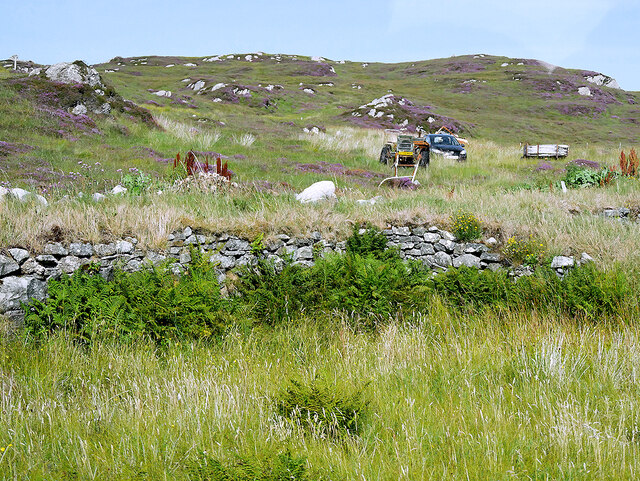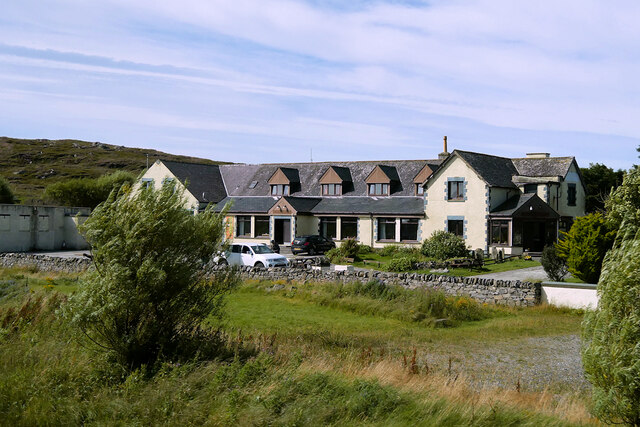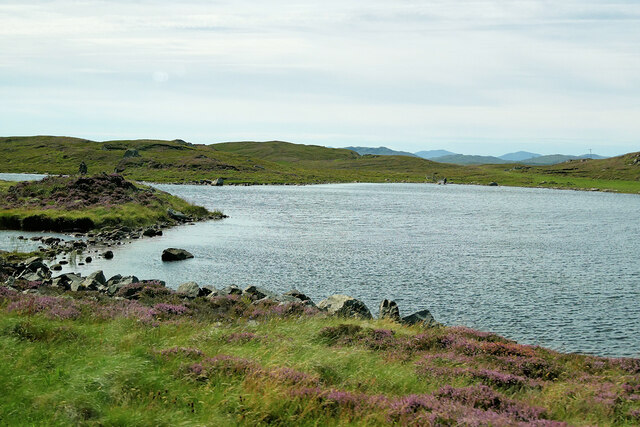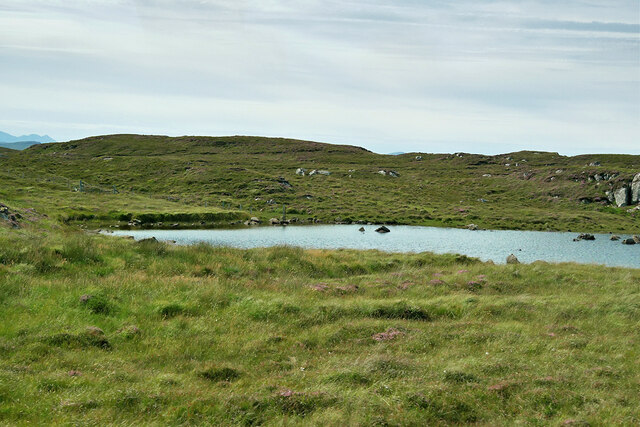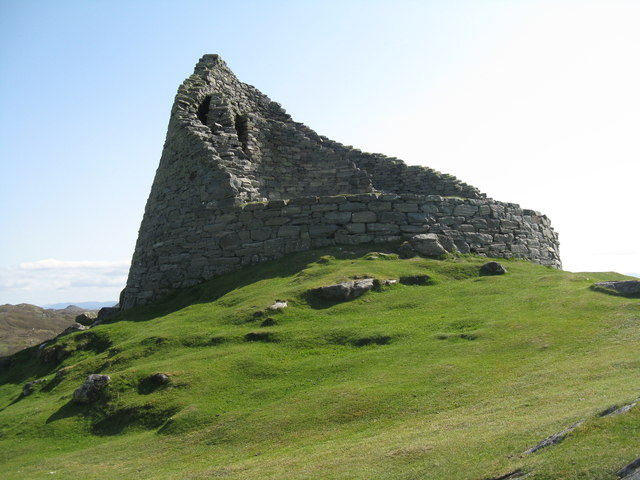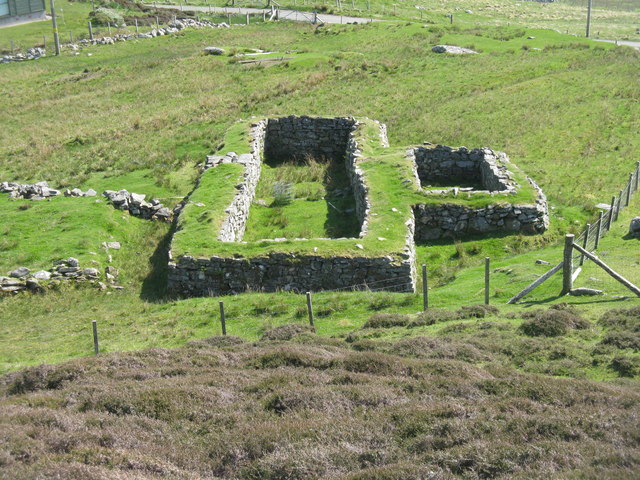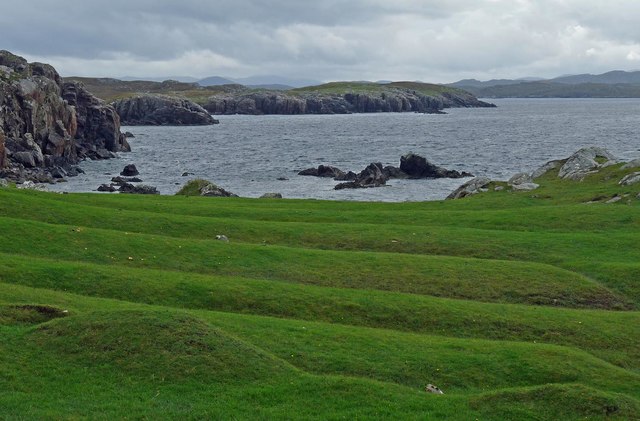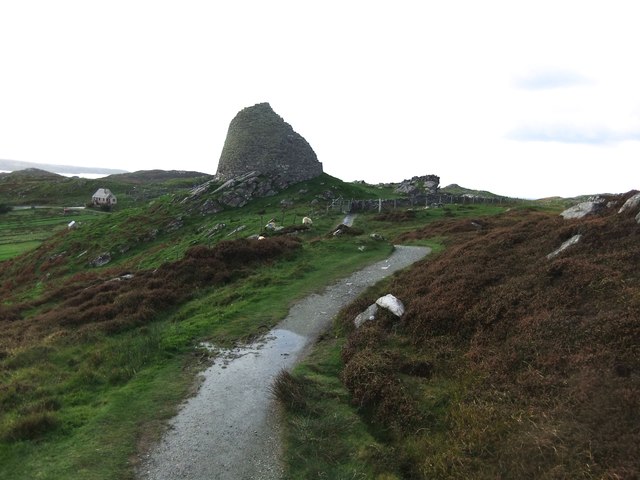Rubha Heastabhal
Coastal Feature, Headland, Point in Ross-shire
Scotland
Rubha Heastabhal
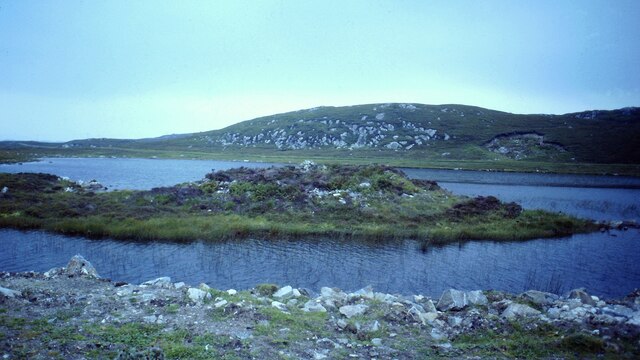
Rubha Heastabhal, located in Ross-shire, Scotland, is a captivating coastal feature known for its stunning headland and prominent point. Situated on the western coast of the Scottish Highlands, this rugged landscape offers breathtaking views of the surrounding Atlantic Ocean.
The headland of Rubha Heastabhal is characterized by its towering cliffs that jut out into the sea, providing a dramatic backdrop for the crashing waves below. The cliffs are composed of ancient rock formations, displaying layers of sediment and evidence of geological processes that have shaped the area over millions of years.
At the tip of the headland, the point of Rubha Heastabhal offers a panoramic vista that extends for miles, providing visitors with a unique opportunity to appreciate the untamed beauty of the Scottish coastline. The point is often frequented by seabirds, including puffins and gannets, which nest in the rugged terrain and add to the area's natural charm.
Surrounded by pristine waters, Rubha Heastabhal is also a popular spot for fishing enthusiasts, who are drawn to its abundance of marine life. The area is home to a variety of fish species, including cod, haddock, and mackerel, making it an ideal destination for anglers seeking a rewarding catch.
Access to Rubha Heastabhal is relatively limited, with a narrow coastal path leading to the headland. This remoteness adds to the allure of the location, allowing visitors to immerse themselves in the tranquility of the Scottish wilderness and appreciate the untouched beauty of this coastal gem.
If you have any feedback on the listing, please let us know in the comments section below.
Rubha Heastabhal Images
Images are sourced within 2km of 58.260956/-6.8091696 or Grid Reference NB1840. Thanks to Geograph Open Source API. All images are credited.
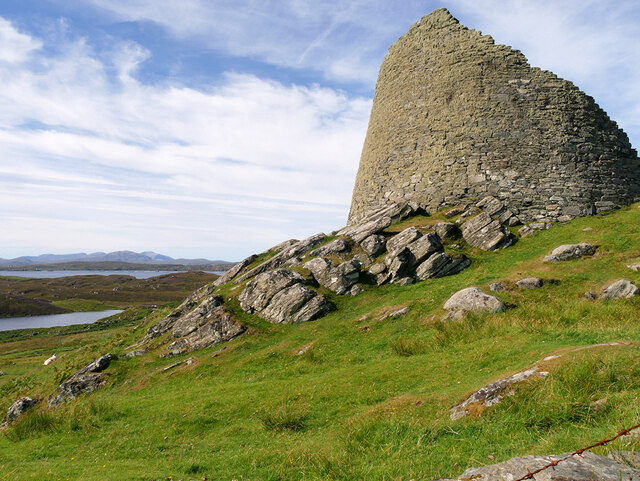
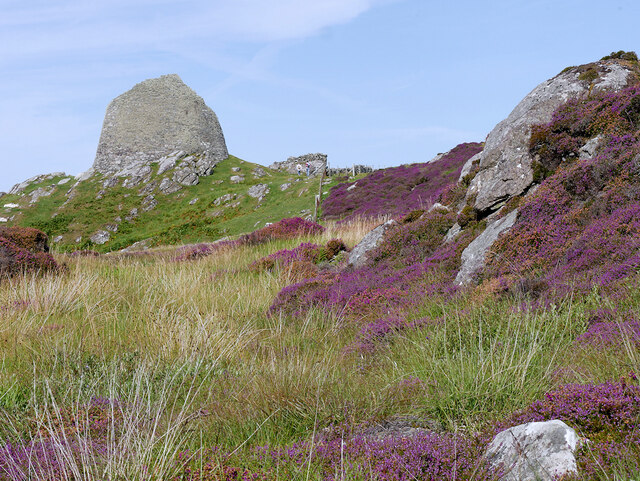
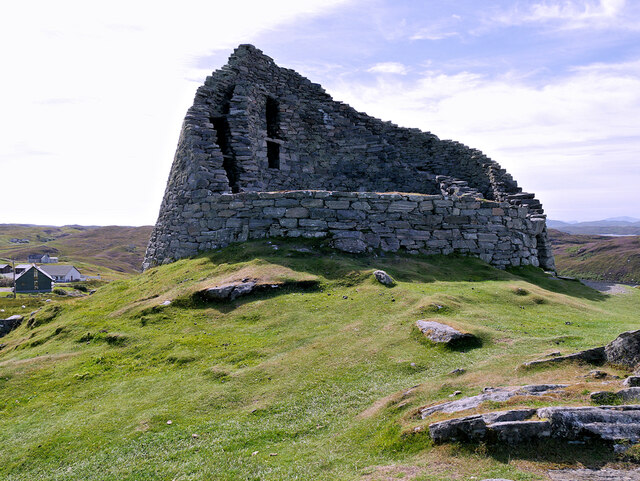
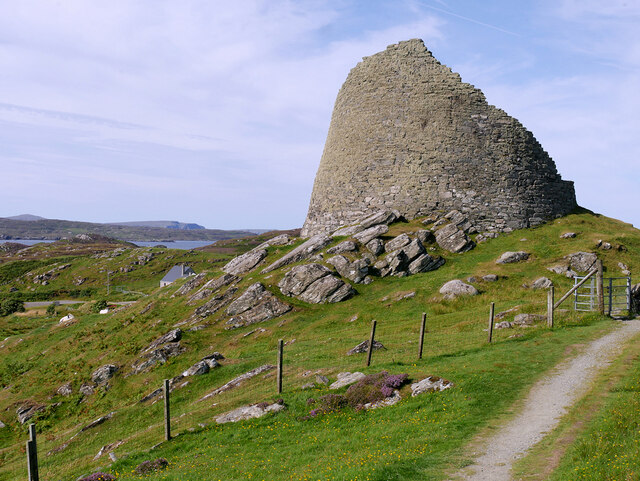
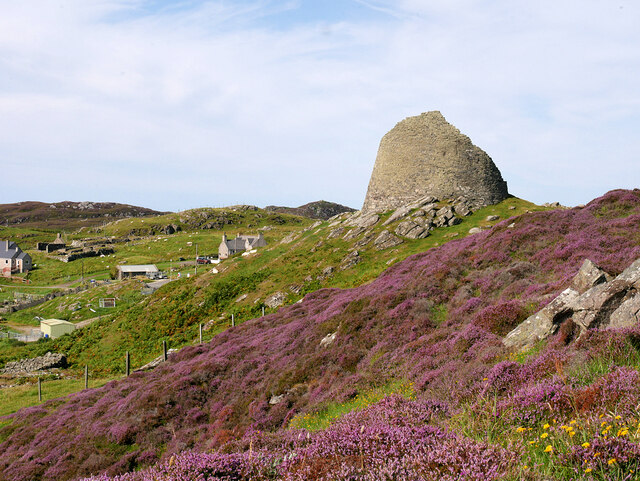
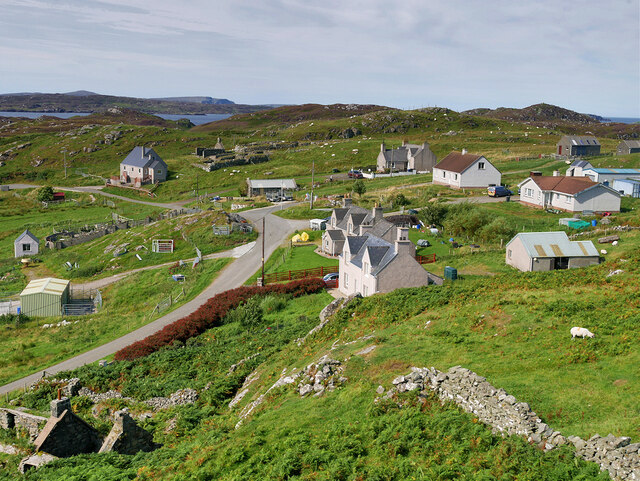
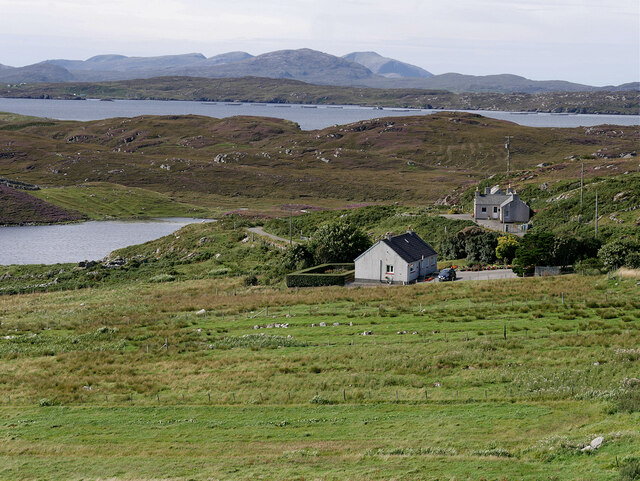
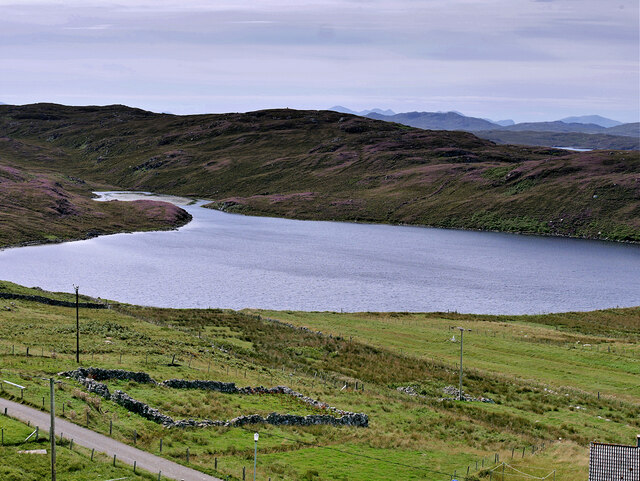
Rubha Heastabhal is located at Grid Ref: NB1840 (Lat: 58.260956, Lng: -6.8091696)
Unitary Authority: Na h-Eileanan an Iar
Police Authority: Highlands and Islands
What 3 Words
///flanks.replied.waistcoat. Near Carloway, Na h-Eileanan Siar
Nearby Locations
Related Wikis
Dun Carloway
Dun Carloway (Scottish Gaelic: Dùn Chàrlabhaigh) is a broch situated in the district of Carloway, on the west coast of the Isle of Lewis, Scotland (grid...
Borrowston, Lewis
Borrowston (Scottish Gaelic: Borghastan), with a population of about 50, is a crofting township situated on the Isle of Lewis, on the Outer Hebrides of...
Tolsta Chaolais
Tolsta Chaolais (also Tolastadh Chaolais, Tolstadh a' Chaolais) is a village on the Isle of Lewis, Scotland. It consists of about forty houses, clustered...
Carloway
Carloway (Scottish Gaelic: Càrlabhagh [ˈkʰaːɾɫ̪ə.ɤː]) is a crofting township and a district on the west coast of the Isle of Lewis, in the Outer Hebrides...
Nearby Amenities
Located within 500m of 58.260956,-6.8091696Have you been to Rubha Heastabhal?
Leave your review of Rubha Heastabhal below (or comments, questions and feedback).
